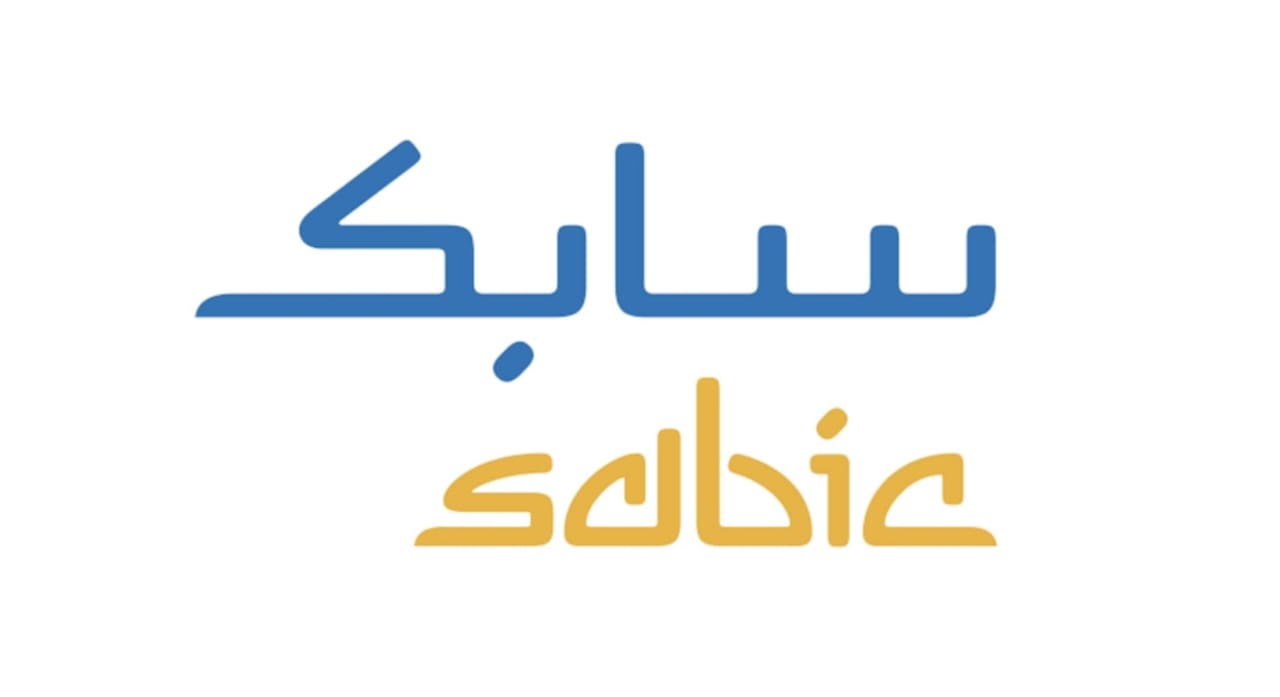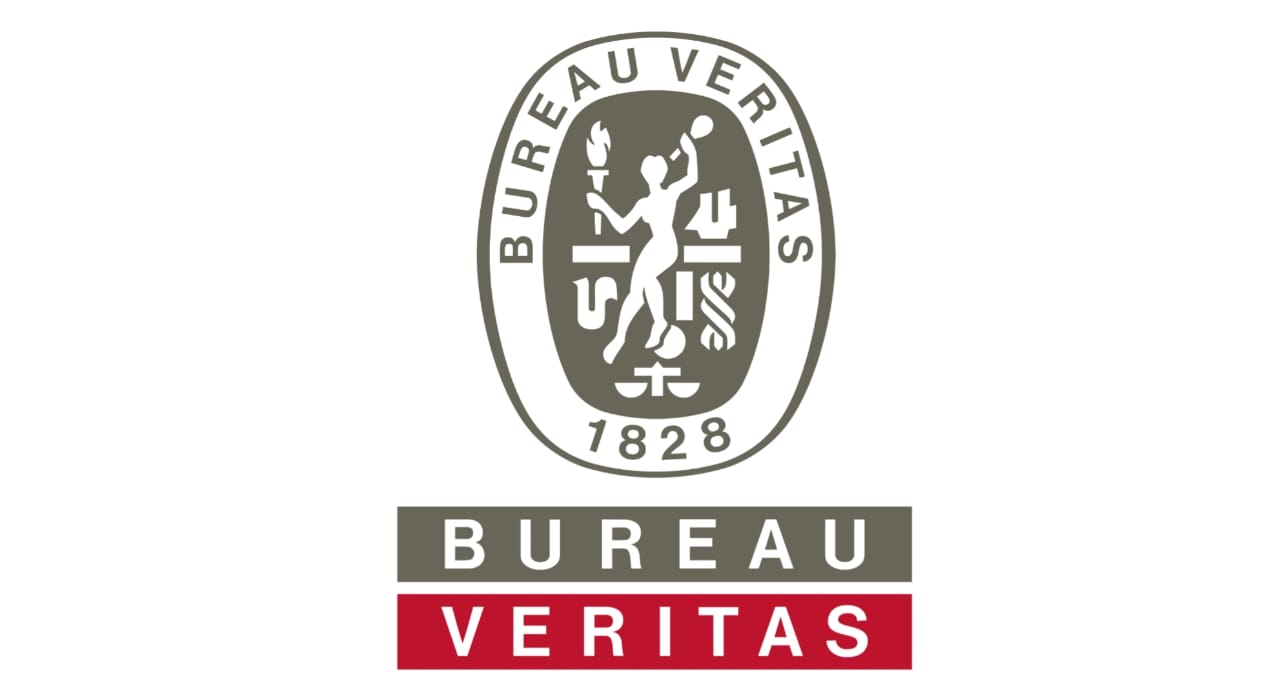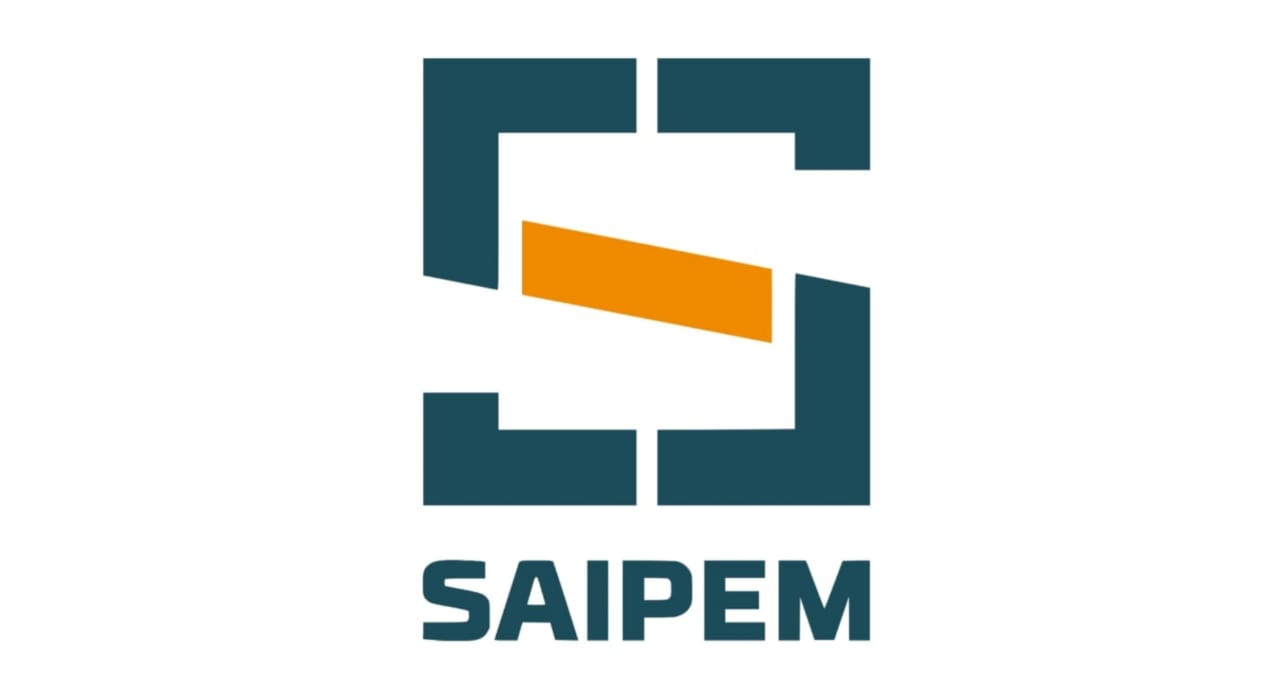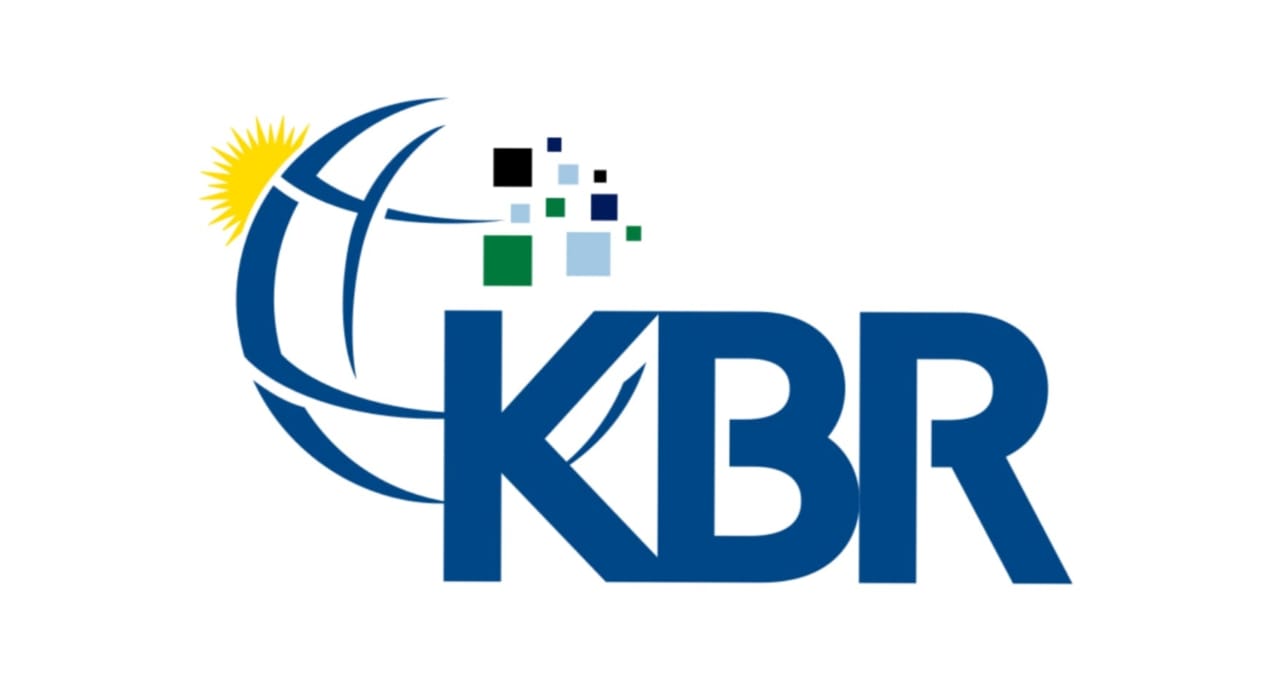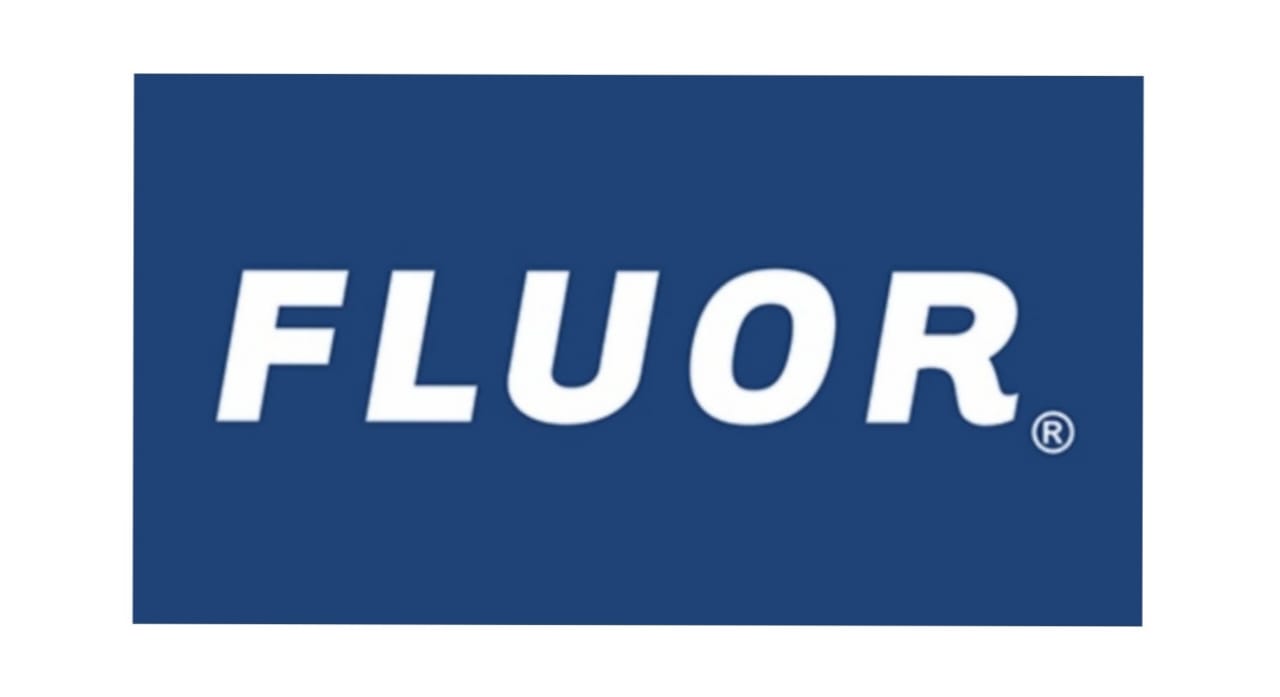How to Perform IT Security Risk Assessment?
Look at the different steps involved in the process of Risk Assessment.
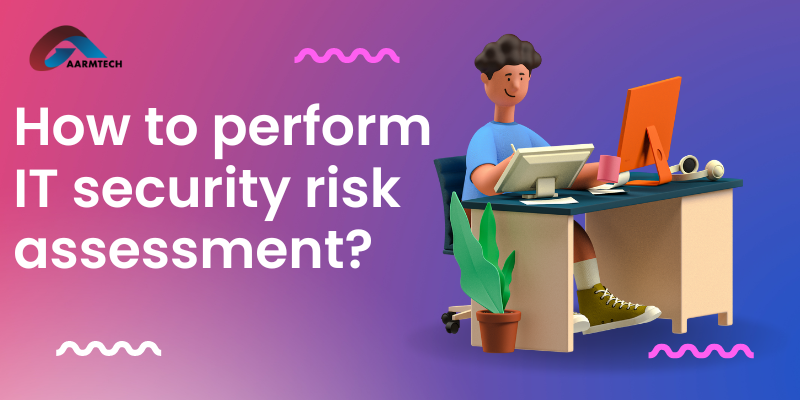
How to Perform IT Security Risk Assessment?
Most firms should place a high focus on security. It is your obligation to ensure that the security risks associated with all of your processes, technology, and business components are recognised and taken into consideration while running your company. In some circumstances, you can be obliged by law to formally assess these security risks and follow specific guidelines to reduce them.
You may measure risk and keep up with regulatory compliance with the aid of a security risk assessment (SRA).
Let us now look at the different steps involved in the process of Risk Assessment.
Step 1: MAKE A LIST OF YOUR INFORMATION ASSETS
Any piece of information or asset that is important to your company and enhances its productivity and profitability qualifies as an information asset. Generally, you need to seek items like written or digital documents, software, databases, infrastructure, and even critical individuals. An information asset would be that.
It can be done with the help of a quick questionnaire to start the asset identification process. A questionnaire that is intended to guide individuals through the process of knowing exactly what we're searching for and where to find it.
Step 2: DETECT VULNERABILITIES
The following stage is to identify any vulnerabilities those assets may have after you've identified and organized your company's assets. A vulnerability is a hole in your current defenses. Vulnerabilities include the following:
- Unencrypted information
- Documents that lack password protection
- the use of out-of-date software
- employees' weak passwords
- Active employee accounts that belong to someone who has left the firm or been fired
- Unverified or untested encryption software
Additionally, vulnerabilities might exist outside of the software or IT systems that your business employs. People may unintentionally contribute to a leak or breach if you don't instruct them on the best procedures for data protection, for instance. For instance, a worker may use the company's content management system while connected to an unprotected Wi-Fi network or leave a file open on a computer after walking away.
Step 3: RECOGNISE THE THREATS
It's possible that vulnerabilities by themselves won't cause any trouble. There is no problem if an employee leaves a secret contract open on their desktop while they are gone from their workstation and nobody comes by to view it or read it. Similarly, unencrypted data is accurate. There is not much cause for fear if there is no one to intercept the data.
A threat is something that might take advantage of or exploit a vulnerability and destroy the content of your business. A hacker might use your data for malicious reasons if you don't encrypt it before sending it over a network. If a worker leaves a contract open on their desktop and a visitor from another business happens to view it, they can snap a picture of it or print it out, giving them access to confidential data.
Threats need not necessarily be harmful. Accidents can also happen. The content may be lost if the power goes out or the employee doesn't save their work when generating a storyboard for an advertisement.
Additionally, an employee may unintentionally divulge private information by falling for a phishing scam or unintentionally download malware onto a device.
Step 4: IDENTIFY CONSEQUENCES
Determining what will happen if a threat is successful in exploiting a vulnerability is a crucial component of a security risk assessment. An employee may experience some shame if they leave their personal email open on their PC and another colleague occurs to see it. However, the total threat is really low-level, therefore the effects aren't severe.
The repercussions of the breach, however, may be more severe if an employee emails a coworker an unencrypted document outlining the company's forthcoming, top-secret product releases. Untrustworthy rivals can gain access to the document and launch comparable products ahead of the company's own.
Additionally, if customer data is not kept in a safe area or is not encrypted, a hacker may access it, sell it, and hurt both the clients whose data was taken and the business. Additionally, this can cause customers to lose faith in the business.
Step 5: CALCULATE THE LIKELIHOOD
Identifying the likelihood that specific threats may materialize is a crucial component of a security risk assessment. While some are far shots, others seem very likely. Establish a grading system for the various dangers after you've identified their likelihood. For instance, there is a great chance that someone may intercept the data you exchange over a network if it is not encrypted. On the other hand, it is probably not very conceivable that a rival would come into one of your company's offices and take data off a PC.
To rank likelihood, you can use a numerical scale, like 1 to 5, or phrases like "high," "medium," or "low." Once the evaluation is complete, you may choose where to concentrate your efforts by ranking risks according to likelihood.
Step 6: ORGANIZE OR RANK IT RISKS
Your risk assessment should rank the potential threats and vulnerabilities. Priority of risk may or may not be related to likelihood. A danger that is likely to materialize might not be all that serious. But even a remote threat might be important. Strike a balance between the two if possible. It may also be very likely and worthwhile to pay attention to a particularly serious danger, such as a hacker obtaining your customers' personal information or a competitor getting their hands on your next great idea.
When ranking IT risks, consider the following factors:
- Vulnerability
- Threat
- Likelihood
- Consequences
- Cost
One hazard may be the potential for flooding, which might harm your company's servers and need their replacement. However, even if you live in a flood-prone location, if your servers are on a high floor of the building, they are unlikely to be harmed by flood water. Then, safeguarding your material against flooding would be of minimal priority.
Step 7: EVALUATE AND SET CONTROLS IN PLACE
The next stage is to decide what you'll do about the vulnerabilities, threats, probabilities, and effects you've found. How will you try to manage the issue and lessen risk?
Your controls come in a variety of shapes. You might devise strategies to reduce vulnerabilities or look for means to get rid of dangers. A security training programme or publishing guidelines for building stronger passwords might be a possible control if a vulnerability is due to inadequately trained staff or employees who lack knowledge of how to construct strong passwords. Establishing an update plan helps close any vulnerabilities caused by out-of-date software.
When a threat is present, the control's objective can be to either eradicate the threat or lessen the potential harm it could do. You might, for instance, put in place a control that alerts you when an outsider tries to access your system. When you catch a hacker in the act, you may act quickly to stop them from getting access to important data.
If someone has to leave their desk abruptly, programming all of the desktop computers in your office building to go to sleep after a brief period of inactivity can prevent unauthorized persons from reading restricted information. Another method for lowering the risk of unwanted access is to automatically log off remote users after a predetermined amount of inactivity.
Step 8: DELIVER THE RESULTS
The process of risk assessment ends with the publication of the findings and the implementation of action. The next step is for your business to pick who gets to see the outcomes. Executives and other decision-makers will probably want to see the evaluation so they can know what is at stake and what needs to be done. The outcomes may also encourage IT to push for organizational-wide adjustments like the adoption of a more secure content management system or the provision of more comprehensive employee training.
At AaarmTech, we improve the security of businesses, organizations, and institutions by maintaining the greatest security systems currently available, providing security vulnerability assessment services, and making sure they are not susceptible. The dangers to your organization will be actively pursued at all levels, by working to establish the best security strategies among other strategic plans.
Aarmtech provide one of the most effective security risk assessment strategies to counter dangerous threats.

